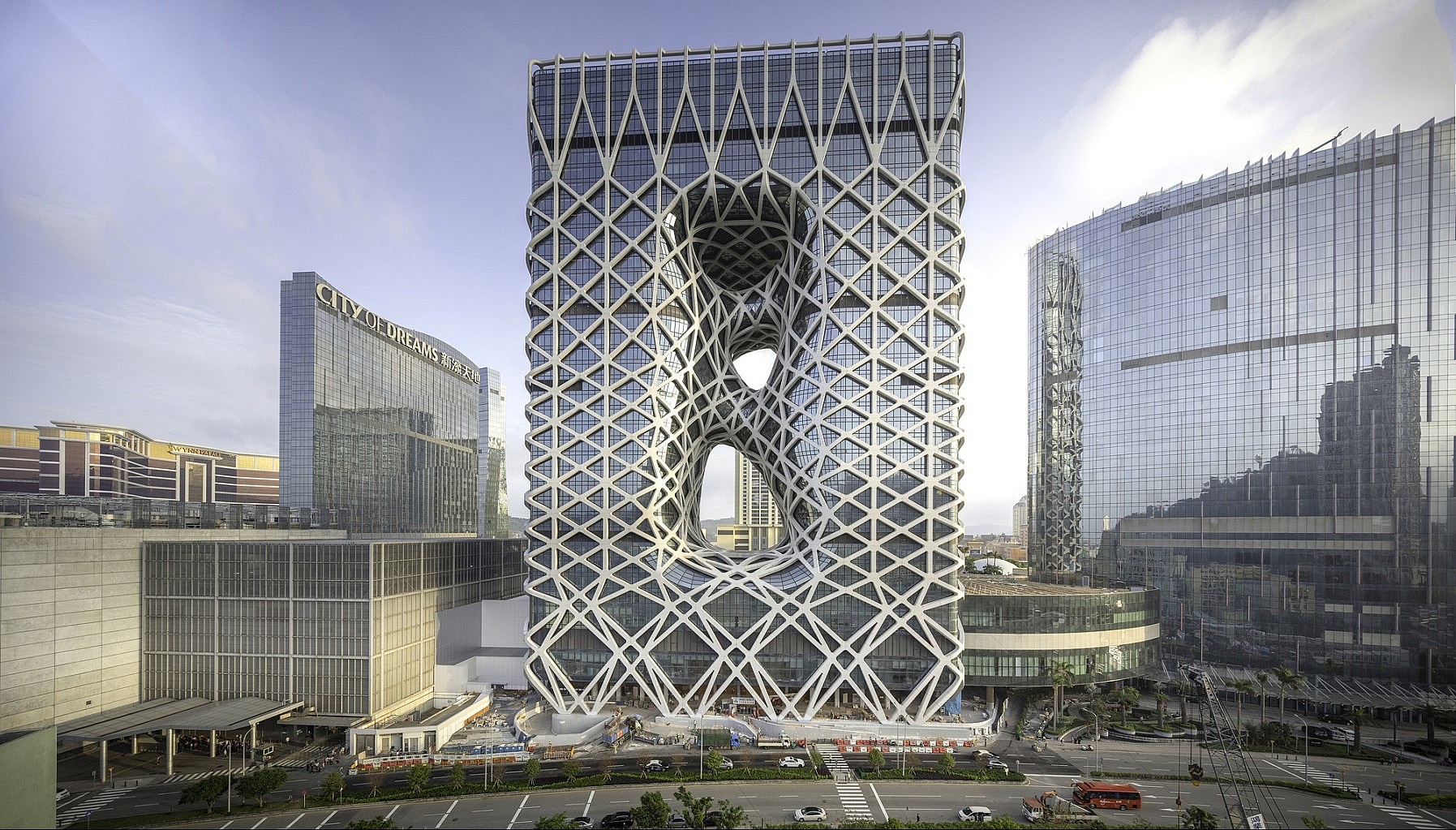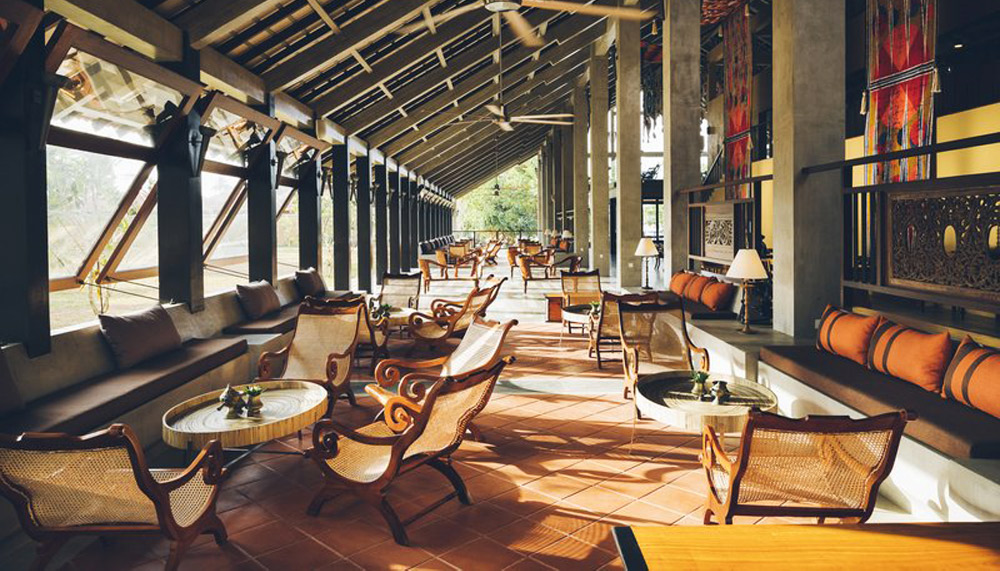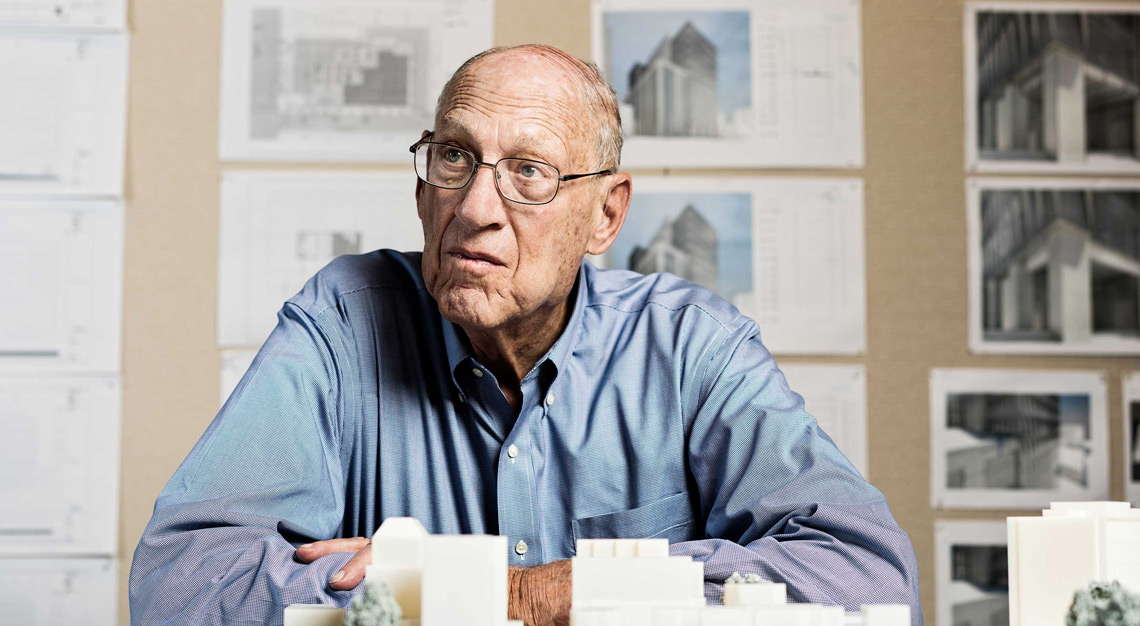Award-winning architecture firm DaeWha Kang Design reveals the philosophical underpinnings of its latest tour de force, the courtyard pavilion at The OWO in London
Popular wisdom often regards good design as invisible. While that may be true, we shouldn’t discount celebrating showstopping marvels that demand to be seen. One need only gaze upon the stunning courtyard pavilion at The OWO in the Whitehall district of London to situate it in that class of visually inspired and exceptionally designed works.
A testament to the big-picture vision that informed its conception, the pavilion is ravishing. Its good looks are the most obvious thing about it. Which is why, when Dae Wha Kang, founder and director of the eponymous London firm behind the pavilion’s design, expounds on the humility and thoughtfulness that went into its creation, it looks even better.
“We have a great love for taking care with everything that we do”, he says, affirming that as formalistically and technically forward as the end product may be, his team first approached the project with the most humane of impulses.
For one, the studio’s care is reflected in the appreciation of the site’s history. The OWO was formerly known as the Old War Office and dates back to the 1900s. A monument to a pivotal epoch in England’s history, its significance is reflected in the surrounding sprawl that the influential Scottish architect William Young designed in the early 20th century. Kang explains that the structure, which is almost futuristic, had to coexist within its historical context. The toughest aspect of bringing it to life was designing it such that it would be “breathtaking, but also harmonious”.
Harmony is a guardrail by which to navigate and appreciate what Kang and his team have accomplished. In their thesis, the present reflects the past. The rippling mirrored surfaces of the pavilion’s roof, composed of glass and stainless steel, reflects the historical landmarks within which it is ensconced. For Kang, building upon the foundation of history is a totalising concept in both theory and praxis. Or, as he succinctly describes, “(to) create something new within the old”.

He also shares that as shiny and metallic as the pavilion is, nature was the inspiration. Disregard the sheen for a moment and the eye picks up the organic forms and the holistic manner in which they coalesce. The mirrored stainless steel structure also owes its allure to the idea of a mirage. It exudes an ethereal quality with the kaleidoscopic collage of reflections blending into an aqueous shimmer. Beside it is a fountain, which serves as a reminder that nature is the source of all life.
In its past life, the Old War Office was the roost upon which Winston Churchill made moves that shaped the world. Now, it bears the ardour of a man for whom bringing beauty and joy into the world is a calling. Kang’s aesthetics are a nuanced and ingeniously unspooling form of humanism: legitimately awe-inspiring but rooted in its purpose as an ode to harmony and happiness.






